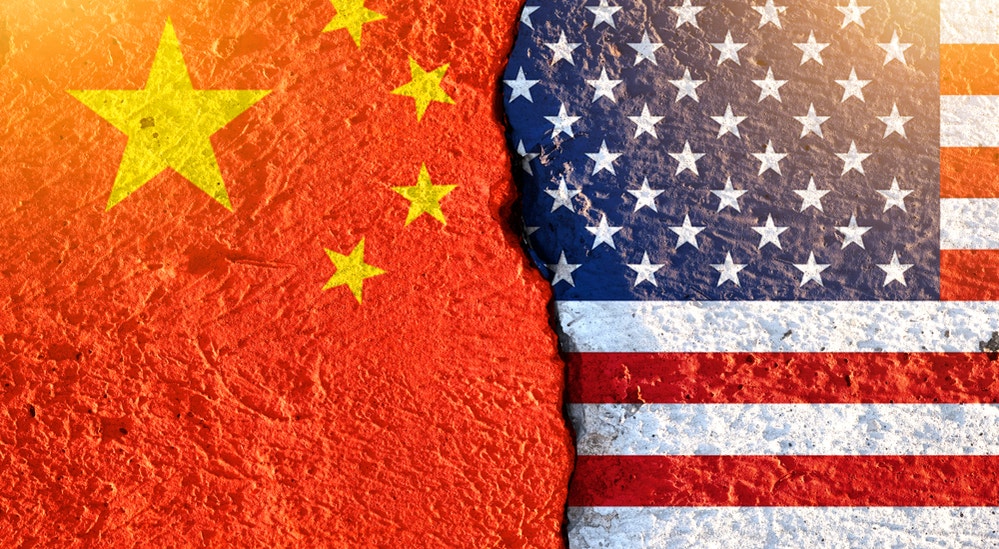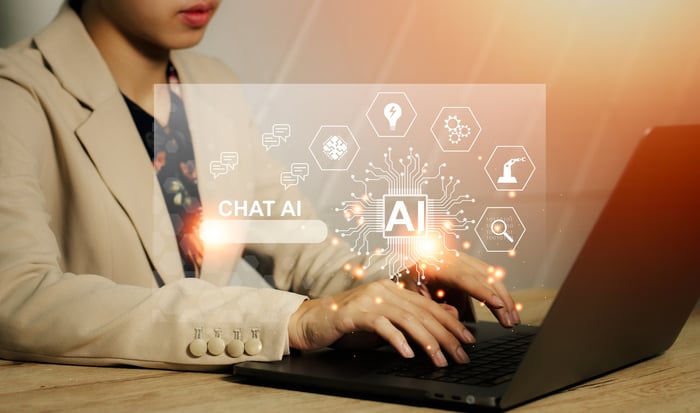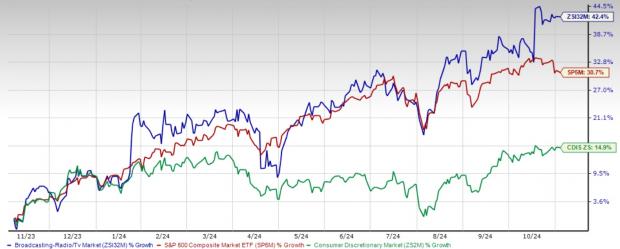The Generative AI Race
Is there a Cold War-style gap opening up between the U.S. and China over their respective generative artificial intelligence (GenAI) capabilities?
Both nations are pouring billions of dollars into AI, with funding from a mix of corporate, government, and institutional investors propelling innovation at a dizzying pace.
At the recent National People’s Congress, Chinese officials were quick to dismiss concerns over the country falling behind. A Bloomberg journalist, Sarah Zheng, conversing with the CEO of 360 Security Technology, reported that China’s AI prowess had swiftly advanced, putting them on par with OpenAI in terms of capabilities.
The US Contenders: Microsoft’s Dominance
In the U.S., Microsoft’s stronghold on artificial intelligence through its backing of OpenAI has positioned the tech giant as a leader in the AI industry. Analysts, including Brad Reback from Stifel, laud Microsoft’s prowess, especially in large language models and GenAI, as a strategic advantage for future growth and innovation.
Debates regarding China’s ability to match the expertise of OpenAI and Microsoft are ongoing. For instance, Baidu’s Ernie Bot launch last year is often cited as a significant step in China’s AI journey. Chinese developers, according to the Bureau of Economy and Information Technology, have introduced over 80 large language models, showcasing the country’s commitment to AI advancement.
The Technological Hurdles
Despite China’s rapid progress, questions loom over its ability to sustain such rapid development. The U.S. possesses a distinct advantage, as highlighted by the Commerce Department’s extension of controls over the export of critical AI-enabling technologies like advanced semiconductors and GPUs. Companies such as NVIDIA, AMD, and Intel play a pivotal role in crafting the technological foundation for training advanced AI models.
Kendra Schaefer of Trivium China has acknowledged the gap in high-end equipment manufacturing between China and global leaders, estimating a significant lag in technological capabilities. Gregory Allen emphasized in his report that the U.S. is actively limiting China’s access to cutting-edge AI chips to prevent the country from achieving advanced computing and supercomputing capabilities.
The Economic Ramifications
The repercussions of such policy decisions are not one-sided. While the U.S. aims to curb China’s technological progress, American companies face restrictions that hinder their business operations in a potentially lucrative market. This has impacted key players like the iShares U.S. Technology ETF, which saw fluctuations in performance due to restricted business ties with China.
The AI arms race between the U.S. and China continues to intensify, with each nation vying for dominance in the ever-evolving technological landscape. As these superpowers navigate the complexities of AI development, the implications extend far beyond mere technological innovation to influence economic dynamics on a global scale.



